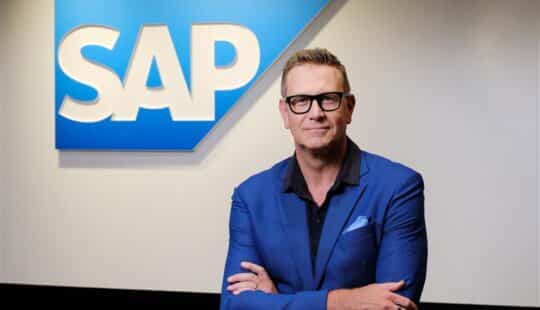Behind the bustling streets of Tauranga, New Zealand, a local authority responsible for everything from parks and roads, to water, libraries, and everything in between, has launched the foundation for the city’s digitalised future.
When Tauranga City Council members at the helm of this fastest growing city in New Zealand decided to modernize a 20-year old ERP system, they were fully aware of the challenges they faced in meeting the evolving needs of a burgeoning community. With a population of about 155,000 people and counting, Tauranga is the fifth largest city in the country.
“Tauranga is growing quickly and we need to think differently about how and where we live, and how we manage the existing and increased housing and infrastructure requirements of our growing city,” said Scott Oehm, head of digital delivery at Tauranga City Council. “Equally important is the need to increase community engagement, getting the community more involved in the decisions that affect their daily lives.”
Modular strategy makes digital journey easier
At the heart of Tauranga’s ambitious digital journey is SAP S/4HANA, which has fostered greater collaboration, transparency, data reliability, and change management across administrative operations. As the local authority responsible for the administration of property rates − otherwise known as taxes − as well as charges for water use, along with managing recreational spaces, plus other license and regulations, the Council opted for a phased-in system update, beginning with finance.
“Having a modular strategy to upgrade our legacy ERP systems is making the transformation much more manageable,” said Oehm. “With this initial roll-out across finance, people in each business unit and the larger community we serve are receiving the benefits of greater collaboration and transparency.”
Measurable results prove value of digitalisation
Already the impact of the new system is palpable. People on the financial team have become more strategic working alongside other business units to improve budgeting, offer valuable financial insights, and increase internal collaboration.
Oehm said that with greater visibility into more reliable data from automated processes, the council can better meet community expectations for transparency and accountability from local authorities. What’s more, the financial team has significantly sped up monthly and year-end processes and project reporting. Automation reduced manual processing tasks for financial analysts by 25 percent, and time spent on capital project reporting by 30 percent.
Going digital also brought more rigor to processes like procurement. Now people are required to obtain up front approval for any expenditures, simplifying procurement while meeting financial standards.
“This project has been very much business-driven, allowing managers and administrators to focus on and drive the results they want to achieve,” said Oehm. “Because the system touches nearly all business groups within the organization, everyone had some input. Working together, the team has realized huge efficiency gains.”
Digital sparks cross-team collaboration for continuous learning
In an unexpected bonus, the “champions”, subject matter experts, and user groups originally created as part of the SAP S/4HANA finance project have morphed into de facto change management teams. Some still meet regularly, not necessarily to talk about SAP solutions, but how they can help each other create further efficiencies.
“In sharing what’s worked and what hasn’t worked, people are continuously learning from each other,” said Oehm. “These aren’t just managers. We’ve empowered administrative staff to work together to find the best outcomes for the organization. People can problem-solve themselves, and also be a source of ideas for IT to make improvements over time.”
Connected ERP platform is strong foundation for growth
Oehm saw SAP S/4HANA as the foundation supporting the city’s growth beyond the finance team to include property ratings and community relations. He said that property ratings constituted the bulk of the city’s revenues, and community relations were integral to multi-cultural relationship building.
“We now have an iterative system to track solid financials and ensure good processes without overwhelming our people,” he said. “We can move at our own pace, evolving the system as city and organisational needs grow, supporting quality of life for an influx of people community-wide.”
This article originally appeared on SAP BrandVoice on Forbes.



